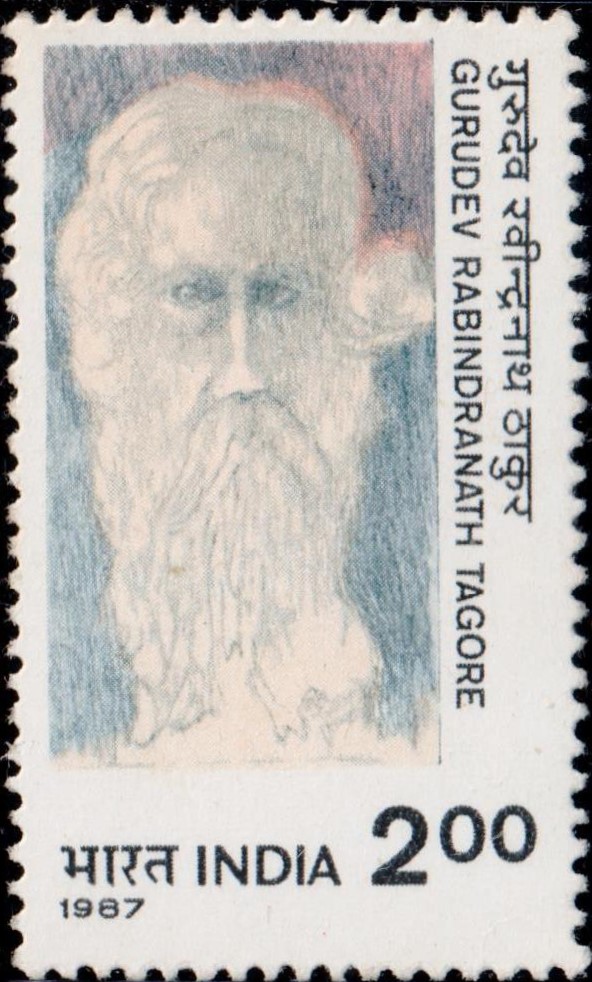
India on Rabindranath Tagore 1987
A commemorative postage stamp on the Self–Portrait made by Gurudev Rabindranath Tagore :

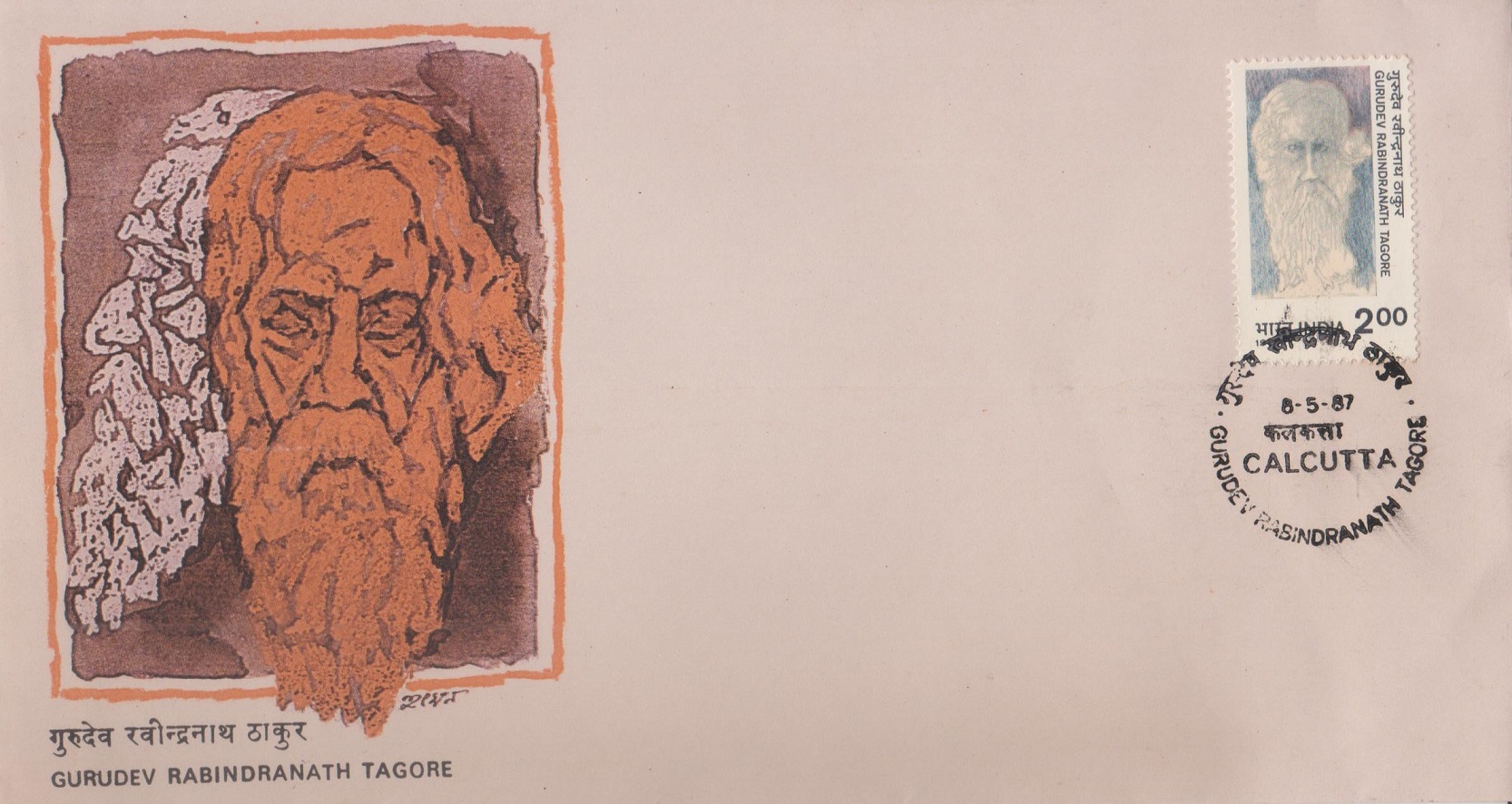 Issued by India
Issued by India
Issued on May 8, 1987
Issued for : The Department of Posts is privileged to issue a stamp in honour of Gurudev Rabindranath Tagore.
Description of Designs : The 200 P stamp shows the self portrait of Gurudev Rabindra Nath Tagore. The First Day Cover design has been made by the renowned artist Shri M.F. Hussain. The cancellation has been designed by Miss Nenu Bagga.
Type : Stamp, Mint condition
Colour : Multi colour
Denomination : 200 Paise
Overall size : 4.06 x 2.41 cms.
Printing size : 3.70 x 2.05 cms.
Perforation : 13 x 13
Paper : Imported unwatermarked Adhesive Gr. coated stamp paper
Number printed : 10,00,000
Number per issue sheet : 45
Printing Process : Photogravure
Printed at : India Security Press
Name : Ravīndranātha Thākura
Born on May 7, 1861 at Calcutta, Bengal Presidency, British India
Died on Aug 7, 1941 at Kolkata, India
About :
- Born on 7 May, 1861, in the Jorasanko house at 6, Dwarkanath Tagore Lane, Calcutta, Rabindranath was the fourteenth child of Devendranath Tagore (1817-1905) and Sarada Devi (1826/27-1875).
- The family discovered Rabindranath’s gift for song and poetry quite early in his life. His first poem to appear in print was ‘Abhilash’ in the Tattavabodhini Patrika in 1874 where it was described to be a twelve year-old boy’s composition. The next year, he made his first public appearance as a poet reciting a patriotic poem of his own composition at the ninth session of the Hindu Mela.
- His first literary writings appeared first in Jnanankur O Prativimba and later in the family literary journal ‘Bharati’. In 1878 he accompanied his brother Satyendranath to England where he studied English Literature at the University College, London. The year 1881 also saw him writing his first musical play, Valmiki Pratibha and appearing himself in the title role. In 1883 he was married to Mrinalini. Rabindranath spent the next decade of his life (1890-1900) mainly in the countryside, in close contact with the children of the soil.
- The Monthly ‘Sadhana’ was founded by him in 1891. The ‘Sadhana’ phase was also a phase of constructive nationalism for Rabindranath. At a public meeting presided over by Bankimchandra Chatterji, he read out a well argued political essay on ‘Ingraj O Bharatbasi’. He advocated widespread use of the mother-tongue as a medium of education and described ‘self help’ and ‘self respect’ as the backbone of ‘Swadeshism’. On the other hand, he invoked India’s history and legends in the poems of ‘Katha Kahini’ to inculcate patriotic and national sentiments. When the Viceroy proposed vivisection of Bengal, Rabindranath came out of his seclusion at Santiniketan to lend his powerful voice on behalf of the nation against this act of high-handedness. He preached swadeshi, composed heart stirring swadeshi songs, wrote trenchant essays, addressed meetings and even headed protest demonstrations. His reminiscences were serialized in the ‘prabasi’ and the original Bengali poems of ‘Gitanjali’ and the play ‘Dakghar’ were published the same year.
- In 1912 he read at Overtoun Hall his famous essay, ‘My Interpretation of India’s History’, wherein he gave a prose paraphrase as it were of his ‘Jana Gana Mana’ song, now the National song of India, earlier composed for the anniversary of the Brahmo Samaj, proclaiming that India stood for unity in the midst of diversity. The Swedish Academy selected ‘Gitanjali’ for the Nobel Award in Literature for 1913. In 1915 he was knighted by the King-Emperor. The same year, Tagore and Gandhiji met for the first time at Santiniketan.
- In 1918, the foundation was laid at Santiniketan of the Institution which came to be known as the ‘Visva Bharti’ World University. During the next two years 1919-20, Rabindranath travelled all over India inviting support for the Visva Bharti. In 1919, he relinquished his knighthood as a protest against the British atrocities at Jallianwala Bagh in the Punjab.
- On 7 August, 1940, on behalf of Oxford University, Sir Maurice Gwyer conferred its doctorate on Rabindranath at a special Convocation arranged at Santiniketan. Although his literary work continued till the end, by the beginning of 1941, his chronic kidney trouble started causing continuous trouble. On 14 April, when his 80th birthday was celebrated at Santiniketan on the Bengali New Year’s Day, he questioned the British intention towards India’s struggle for independence in a trenchant address entitled “Crisis in Civilisation”. On 7 August 1941 he passed away in Calcutta after a surgical operation.
- Source: Dictionary of National Biography.
- Editor: S.P. Sen


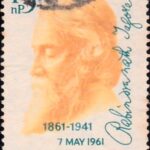

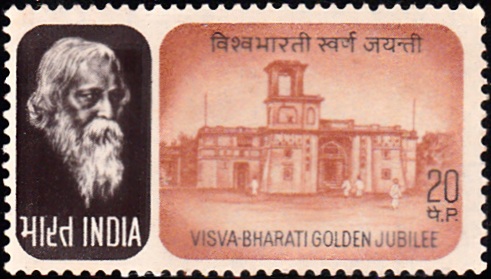
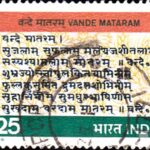
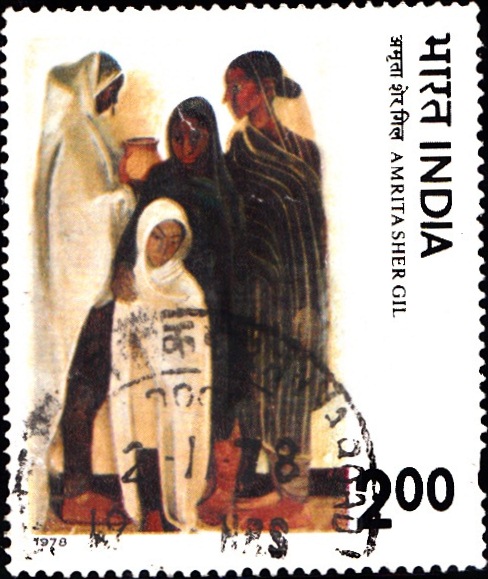
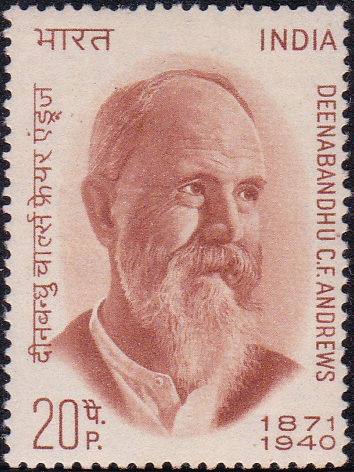
[…] father Sri Manimohan Mullick. Initially trained by Durgadas Bandopadhyay and Dinendranath Tagore, Rabindranath’s grandnephew, Pankaj Mullick dropped out of college to embrace his first love, music. His career […]